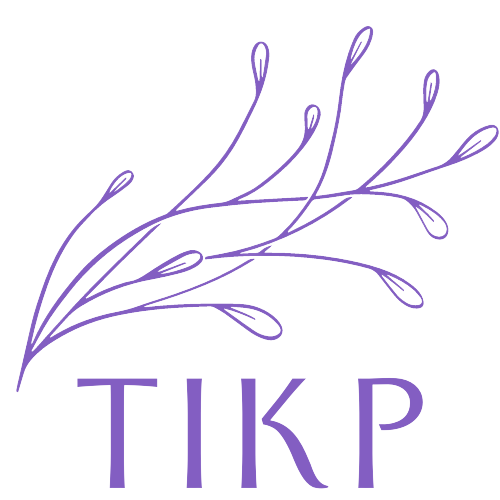European textile industry statistics: Textile Industry Statistics for Europe

The textile industry plays a vital role in the European economy. In 2017, the EU textile and clothing industry was worth around €178.9 billion. In terms of employment, the sector supported approximately 5.7 million people, including 1.5 million direct jobs and 4.2 million indirect jobs. This makes the textile industry the largest manufacturing sector in the EU, accounting for 10.6% of total employment and 16.8% of GDP in the EU in 2017. The value of the EU textile and clothing industry increased by 3.3% in 2017, driven by growth in the production and export of high-quality textiles.
Clothing accounted for almost half of all production, followed by carpets, home textiles, clothing accessories and footwear. The EU textile industry also exports products to other countries around the world, particularly the United States, China and Russia. The European Union is the world’s largest exporter of textiles and clothing, and the third-largest exporter of yarn and cotton textiles. In 2017, European textile industry statistics were, that the EU exported €50.1 billion worth of textiles and clothing. The EU has also developed a number of measures to support the sector, including the implementation of the Single Market in textiles and clothing.
The EU adopted the Regulation on Textile and Clothing Products on the EU Single Market in June 2015, which introduced a common tariff for the import of textile and clothing products. The regulation also harmonised rules for the import of textiles and clothing products into the EU. The regulation, which was adopted in July 2015, came into force in March 2016. This enabled the EU to establish a single customs territory and tariff rate on imported textile and clothing products. It has also led in Western Europe.
EU Textile Industry Statistics
The EU textile industry is a major industry in Europe. It consists of the following sectors: manufacturing, wholesale and retail trade, and services. The sector employs nearly 12 million people, and it accounts for 6.4% of the total industrial production in the EU. It is estimated that the sector contributes approximately €160 billion to the EU’s GDP. In 2018, the textile industry in the EU generated revenues of €117 billion and recorded a profit of €18 billion. Over half of the textile industry is based in Germany in clothing companies' clothing sector, which are leading retailers.
Statistics of the Textile Industry in Europe – A Historical Overview
This paper provides a brief historical overview of the European textile industry. We review the main trends in the evolution of the European textile industry, with a special focus on the role of the cotton textile industry. The paper provides some historical insights into the development of the European textile industry, which have important implications for both industry and government policy today. The paper begins by discussing the early history of the European textile industry, highlighting the key roles played by the ancient Greeks, Romans and Egyptians, as well as the medieval Middle Ages.
It is worth noting that the development of the European textile industry in the medieval period was very slow compared to other industries, especially in comparison to the Asian countries, such as India and China. The paper examines the major developments that took place in the eighteenth century, including the Industrial Revolution, which transformed the industry, as well as the rise of the United Kingdom as a global textile trading power.
The paper then discusses the major developments in the nineteenth century, including the rapid growth of the textile industry, as well as the increasing importance of the cotton industry in the European textile industry. Finally, the paper looks at the major developments in the twentieth century, including the integration of the European textile industry into the world economy, and the increasing reliance on foreign raw materials in the European textile industry of world trade organization.
Textile Industries Worldwide by Major Region
China is the largest producer and exporter of textiles. The industry employs more than 3.8 million people, with direct employment accounting for about two-thirds of the total, and indirect employment for the rest. In 2010, the country's textile exports amounted to $137 billion, making China the world's biggest exporter of textile products. The textile industry in China has experienced rapid growth over the past few decades, and has become one of the most important industries in the country.

However, the Chinese government has implemented a number of measures to improve the competitiveness of the industry. For example, the government is reducing subsidies on electricity, transportation, and other raw materials and promoting the use of domestically produced cotton. To promote local production, the government is also encouraging the development of a domestic textile industry. India is the second largest producer of textiles.
In 2010, the industry employed more than 6.4 million people, with direct employment accounting for about two-thirds of the total, and indirect employment for the rest clothing imports technical textiles in european countries.
In 2010, India's textile exports amounted to $40.3 billion, making the country the world's fourth largest exporter of textile products. The textile industry in India has grown rapidly in the past decade, and now accounts for more than one-quarter of the country's GDP. The industry is expected to continue to grow rapidly, as the Indian government targets to double the value of the country's textile exports by 2015. According to the government, the industry is projected to account for more than 10 percent of the country's GDP by 2020. Mexico is the third largest producer and exporter of textiles. In 2010, the country's textile exports amounted to $27.5 international trade in european market.
Facts and Statistics on Textiles from around the world
Textiles are the foundation of civilization. They have provided protection, warmth, comfort, and style for millions of years. The first evidence of textiles is found in the Lascaux cave paintings of France, dating back to approximately 15,000 BC. There are many ancient depictions of textile art and textiles themselves in fashion industry.
Textile arts, including weaving, dyeing, embroidery, knitting, and crochet, have existed for thousands of years and are still practiced today. The history of textiles has been shaped by human culture. They were developed independently throughout the world and evolved to become the basic fabric of our lives. In many cultures, textiles were the most important form of clothing. In fact, the word "clothes" comes from the word "cloth."
